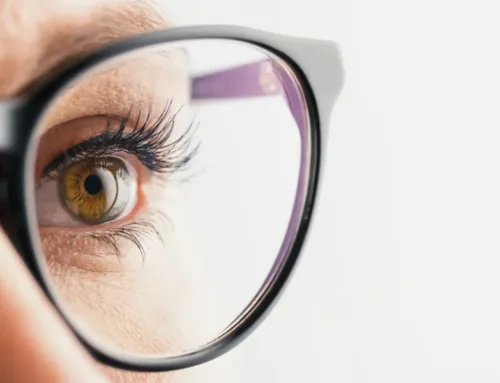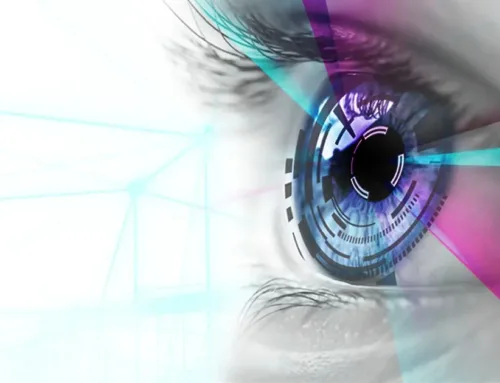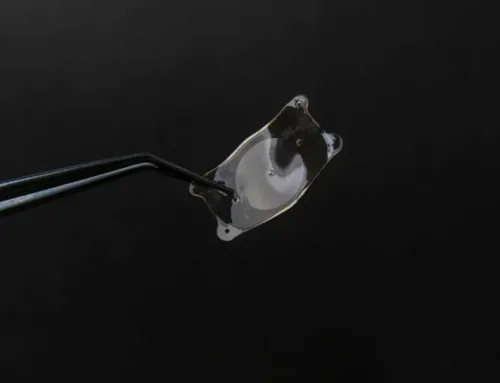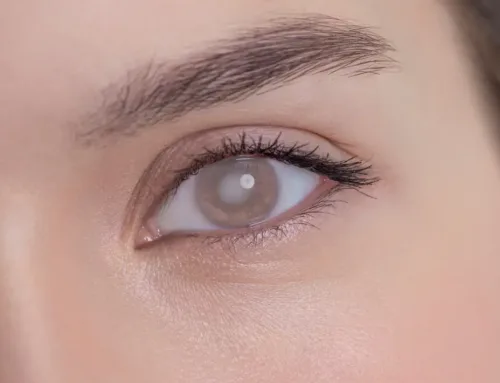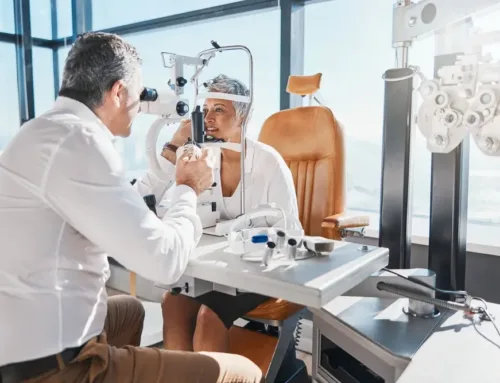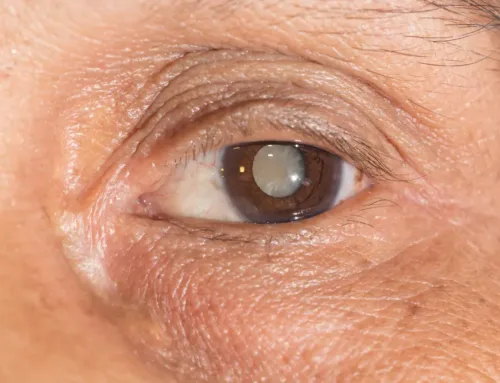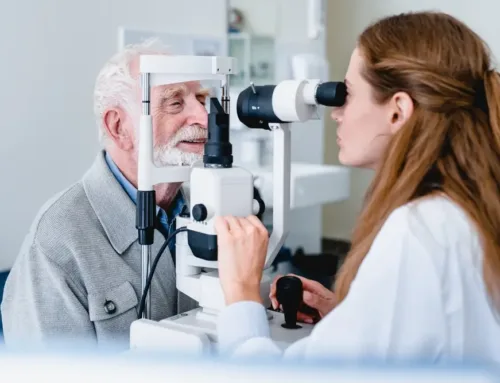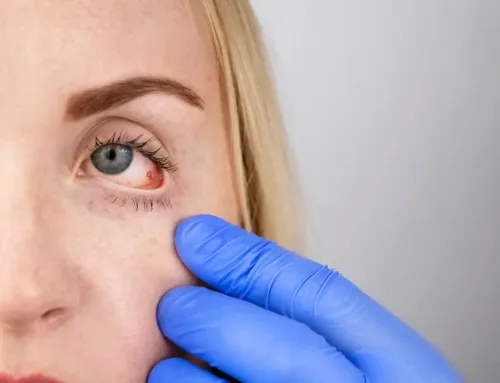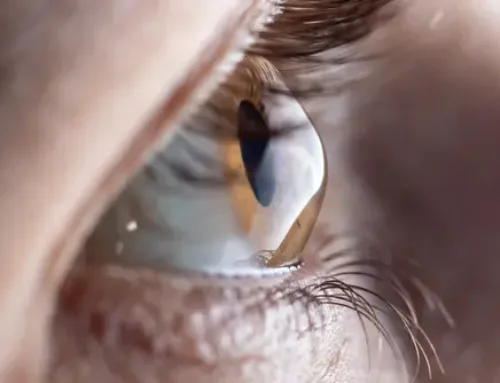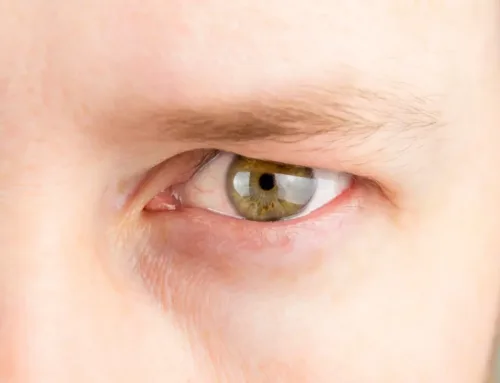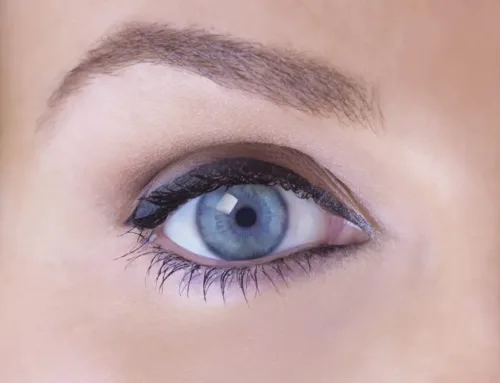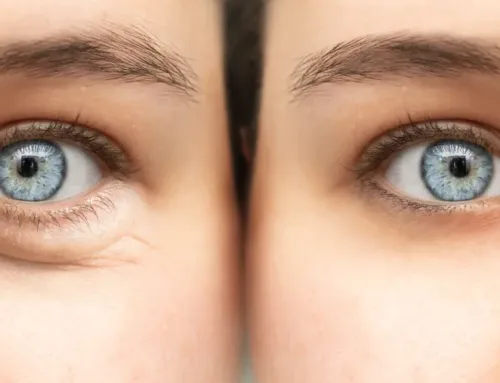People who have had diabetes for a long time may experience other health issues. One of the diseases that may affect a diabetic includes diabetic retinopathy. If left untreated, this type of condition can cause blindness or vision loss.
What Causes Diabetic Retinopathy?
People with diabetes have high blood sugar. As time goes by, the high levels of sugar in the blood can damage blood vessels in the body, including eye blood vessels. Diabetic retinopathy occurs when high sugar levels damage the retina’s blood vessels. The retina is the outer clear thin layer of the eye that protects the iris and pupil of the eye.
This condition causes the blood vessels that go to the retina to bleed or leak fluid. The retina then attempts to heal itself after the damage. In the process, the eye will grow new blood vessels. However, these blood vessels don’t function well, possibly leading to vision loss or blindness. This eye disease may develop in anyone with type 1 or type 2 diabetes.
Diabetic Retinopathy Symptoms
As diabetic retinopathy begins, the patient may not experience any symptoms. At the initial stages of diabetic retinopathy development, a diabetic may experience mild vision problems. Some people notice vision changes, such as not seeing objects far away or having trouble reading. As the disease progresses, the patient may develop:
- Vision loss
- Dark areas in their vision
- Fluctuating vision
- Blurred vision
- Colors appear washed out or faded
- Seeing streaks that look like cobwebs or floating spots
If you are experiencing any of these symptoms, it is vital to get treatment right away.
Who Is At Risk Of Getting Diabetic Retinopathy?
Anyone with type 1 or type 2 diabetes is at risk of developing this eye disease. The risk increases for patients who have had diabetes longer. It also increases if the person smokes regularly, is pregnant, has high cholesterol, or has high blood pressure.
The good news is that a diabetic person can lower their risk of developing this disease by controlling blood glucose levels. Diabetics are also encouraged to go for routine eye exams at least twice a year. This will allow the eye doctor to detect the disease early and administer treatment to stop the damage.
Diabetic Retinopathy Diagnosis
This eye condition develops in four stages:
- Mild nonproliferative retinopathy
- Moderate nonproliferative retinopathy
- Severe nonproliferative retinopathy
- Proliferative diabetic retinopathy (PDR)
To diagnose this eye disease, you have to undergo an eye exam. During the exam, the eye doctor dilates your pupils to check for any changes in your retina. The doctor also checks for any swelling or if any new blood vessels have grown in your retina.
Severe diabetic retinopathy or DME is diagnosed through a test known as a fluorescein angiogram. The test is performed to check if your eyes’ blood vessels are damaged or leaking. The patient is injected with a special dye that may stain the retina’s blood vessels or leak into the retina.
Can Diabetic Retinopathy Get Treated?
Different stages of this condition can be treated in different ways. Common treatment methods used to treat diabetic retinopathy include eye surgery, eye injections, and laser treatment.
To learn more about diabetic retinopathy, contact Treasure Coast Eye Specialists in Port St. Lucie or Stuart, Florida at 772-286-0007 or 772-400-2400 to book an appointment today.



